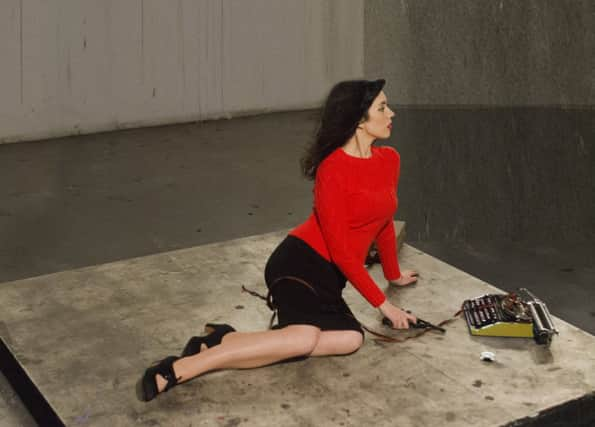Dance review: The Typist, Glasgow


The Typist - The Arches, Glasgow
* * *
In 1937, 4,000 Spanish children were evacuated to the UK. They left behind parents, siblings and friends in a bid for safety while the Spanish Civil War raged in their homeland.
Dancer, singer and co-director Kerieva McCormick plays one of these children 20 years on. Working as a secretary in a Liverpool shipping company, 26-year-old Esperanza starts to feel the call of her native language and culture. Her foster father, voiced by comedian Alexei Sayle, encourages her to return to Spain and re-connect with her people.
Advertisement
Hide AdIt’s a story well worth telling, and McCormick has worked hard to treat this period in history with respect. Two years in the making, The Typist is the result of painstaking research. Interviews with the refugee children – or Los Niños de la Guerra, as they were known – were carried out in London, where some of them still live, now in their nineties.
Names of men and women who fell in the Spanish Civil War or helped the Niños return home have been unearthed. On top of that, McCormick has assembled a superb and authentic team of musicians, a singer and a dancer to help her tell their tale.
But while the content has much to offer, The Typist’s style is frustratingly over-complicated. The musicians – on piano, guitar, double bass and percussion – play as one, aided by the impassioned vocals of flamenco stalwart Olayo Jiménez. McCormick and Raúl Prieto bring flair and fire to the movement, whether they’re dancing solo or as an ardent couple. McCormick also proves her vocal credentials (she’s a former member of Asian Dub Foundation) by belting out a couple of self-penned numbers.
Such virtuosity is partially diminished, however, by the disjointed staging. Words and images appear on the cotton back-cloth, sometimes legible, sometimes not. Anecdotes from the Niños are overhead – again, sometimes audible, at other times lost under the music.
Without prior knowledge, following the narrative would be a challenge, which is rarely an issue in dance, where emotion is the main driver. But a tale is crying out to be told here, and the high quality music and dance deserves narrative clarity and more focussed design.
Seen on 12.2.15